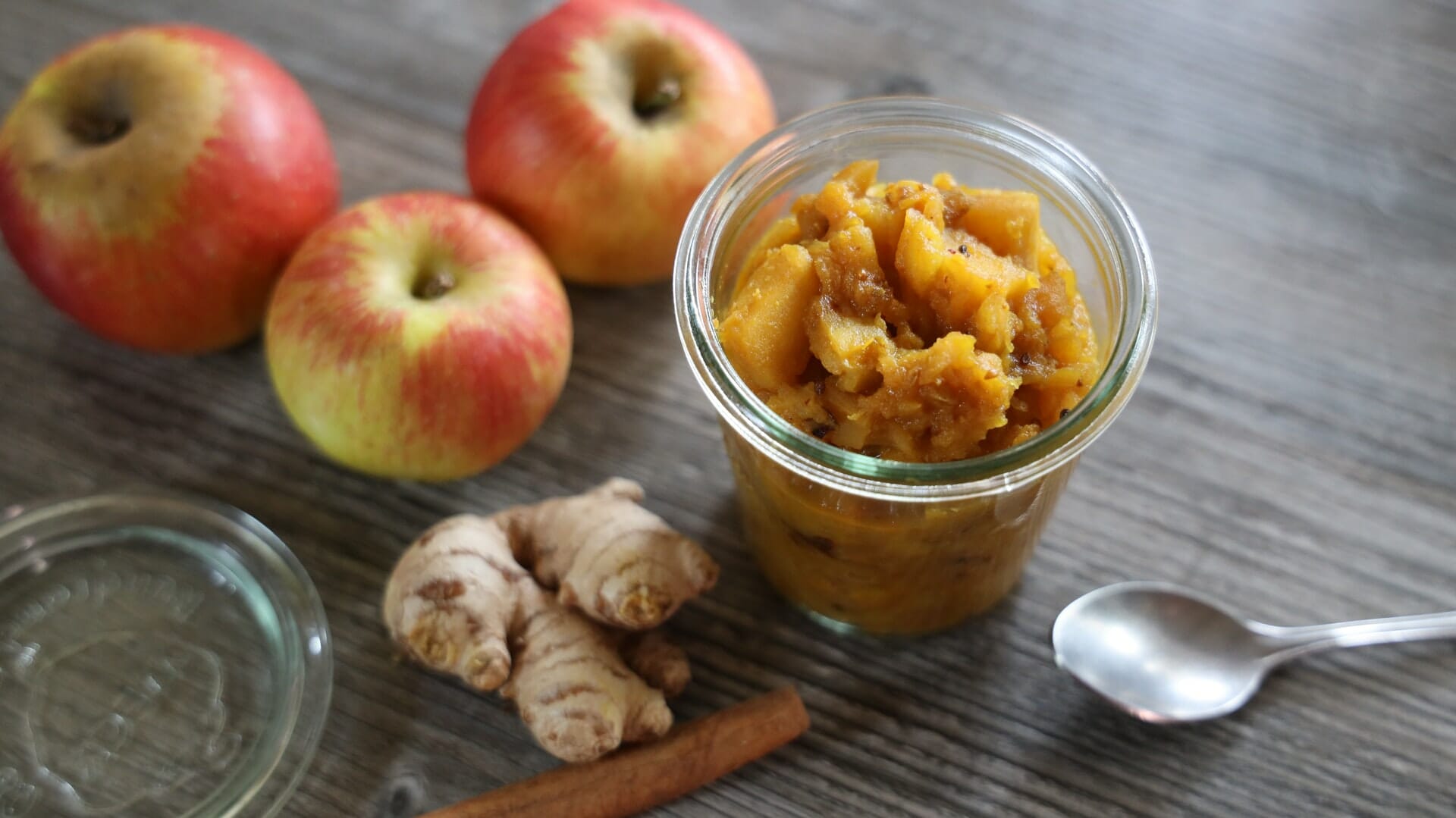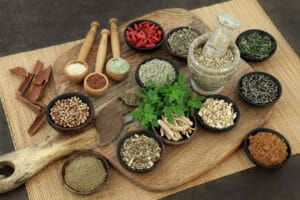By Dr. Bharat Vaidya B.A.M.S., M.D.
Owner and Founder of Ayurved Sadhana
Photo Credit: Megumi Nachev (Unsplash)
The Autumn Equinox arrived on Tuesday, September 22 this year. On that day, the northern and southern hemispheres receive the same amount of sunlight and the days and nights are of the same length. The time between the activity of summer along with expansion and then slowing down the activities along with fast approaching hibernation of winter is the autumn equinox. Various cultures acknowledge this as a moment of balance and celebrate it spiritually.
With Autumn Equinox, the change in season along with change in weather is observed. Hence, we need to get our body ready from Summer’s hot and high temperature (Pitta aggravating) to Fall and Winter’s dry, windy, and cold weather (Vata Aggravating). Ayurveda does have guidelines for these seasonal changes for Fall/Autumn and Spring/Summer. Health is greatly influenced by our lifestyle (Swasthavritta).
As per Ayurveda, lifestyle – the rules and guidelines are divided into following parts:
- Dincharya – Diet and regimen for the daytime
- Ratricharya – Diet and regimen for the night
- Ritucharya – Seasonal Diet and regimen
- Ritu Sandhi Kal – Diet and regimen for the joint period of two seasons
One way to describe the lifestyle is in terms of the doshas – Vata, Pitta and Kapha. For example, Vata is dominant from 2 to 6 in the morning and afternoon. Kapha is dominant from 6 to 10 in the morning and evening, and Pitta is dominant during midday and midnight, 10 to 2. Keep in touch with these energies during the day and move with them, not against them.
What is Ritu Sandhi Kal, Transitional Seasonal Period or Inter Seasonal Period?
Ayurveda has described Ritu Sandhi Kal, Transitional Seasonal Period or Inter Seasonal Period. It is especially important in terms of how to take care of yourself with seasonal and daily regimes (Ritucharya and Dincharya respectively).
As per Sage Sharangdhar, the last seven days of any current season and the beginning seven days of incoming season are known as ‘Yamadamstra Kala’ (mouth of Yama – God of Death). During these 14 days or 2 weeks’ time, one should gradually discontinue the seasonal regime of the preceding season and should start gradually with succeeding season.
The year is divided into four seasons. To maintain the equilibrium of tissue elements in these seasons, suitable regimen has been mentioned in Ayurveda. Proper observance of this seasonal regimen enhances the strength and luster of an individual. We need to learn to adopt Inter Seasonal Periods throughout the year as 14 days between each season is important period. The key point over here is that gradually letting go old regimes and adopting new ones gradually. If you just want to know basic what to eat during any of Transitional Seasonal Period, then word of advice is to always consume very light and soupy diet during these time periods.
Today, we will talk about Ritu Sandhi Kal and Ayurvedic protocol to follow during this period for Autumn and Winter in this article. We will write about Spring and Summer Ritu Sandhi Kal at Spring Equinox.
Transitional Seasonal Period between Summer and Autumn Season – Things to Do or Avoid:
- Avoid heavy food such as yogurt, fats, oil, strong liquors etc.
- Avoid direct winds
- Gradually stop eating cold, dry,
- Avoid daytime sleep
- Start eating light, sweet & bitter foods gradually
- Avoid using Pungent, bitter, and astringent foods or gradually reduce it within transitional period
- Twice daily eat Medicated Ghees which are made with bitter and rejuvenating herbs
- Take easily digestible food like rice, wheat, green gram (moong), honey, and grapes.
- Daily bath with warm water is recommended
- Panchakarma to conduct: Purgation (Virechan)
Transitional Seasonal Period between Autumn and Winter – Things to Do and Avoid:
- Avid exposure to outer cold environment
- Avoid eating light, dry, crunchy, and cold food items and cold drinks
- Stop skipping meals and breakfast
- Start eating milk and milk products; products prepared from jaggery and honey slowly
- Slowly increase intake of sweet (Madhur), sour (Amla), and salty (Lavan) food gradually. In the beginning of the Winter season, the digestive activity becomes more powerful. Increased Vata gets obstructed from spreading out due to the cold atmosphere outside which can digest the tissues. More intake of sweet, sour, and salt helps to reduce the Vata.
- Slowly start introducing Oily (Snigdha) food such as Sesame and peanuts with jaggery (made from sugarcane – Gud) can be consumed as digestive fire should be satisfied – for e.g. Sesame Ladoos, Ginger Pak, Puran Poli (Besan Delicacy), Peanut Brittles (Chikki), Date and Almonds squares, Jaggary sweets with Sesame seeds, etc.
- Gram flour (Besan) products, milk and dairy products, sugarcane products, Pulses flour and various oils can be taken as a part of food.
- Start adding ginger and other hot teas, turmeric milk with Shatavari, saffron milk, almond milk can be taken in warm form, especially before going to bed.
- Start adding root vegetables, various hearty soups, meat, and meat juices to your diet
- Begin to introduce body and head massage with warm sesame or almond oil, use of warm cloths
- Start doing at least three to five times a week mild exercise
- Start using proper clothing with leather, silk and wool to keep you warm
Thus, the person who lives the life according to Ayurveda will hardly require medication or need to go to hospital. Finally, the best medicine is laughing so everyone should do 10 minutes laughing yoga daily, which will help to keep away stress and doctors too.
We will write about Spring and Summer Ritu Sandhi Kal at Spring Equinox, So check the blog in March 2020.
Om Shanti, Om Shanti, Om Shanti!!! Prayers for Mother Earth and Mother Nature!
Please connect with us if you have any questions about this blog at info@ayurvedsadhana.com
SIGN UP TODAY FOR AYURVED SADHANA NEWSLETTER!
CHECK OUT OUR OTHER BLOGS:
All rights reserved by Ayurved Sadhana Vidyalaya,Dr. Bharat Vaidya and Anupama Vaidya. Do not distribute or publish this material.





